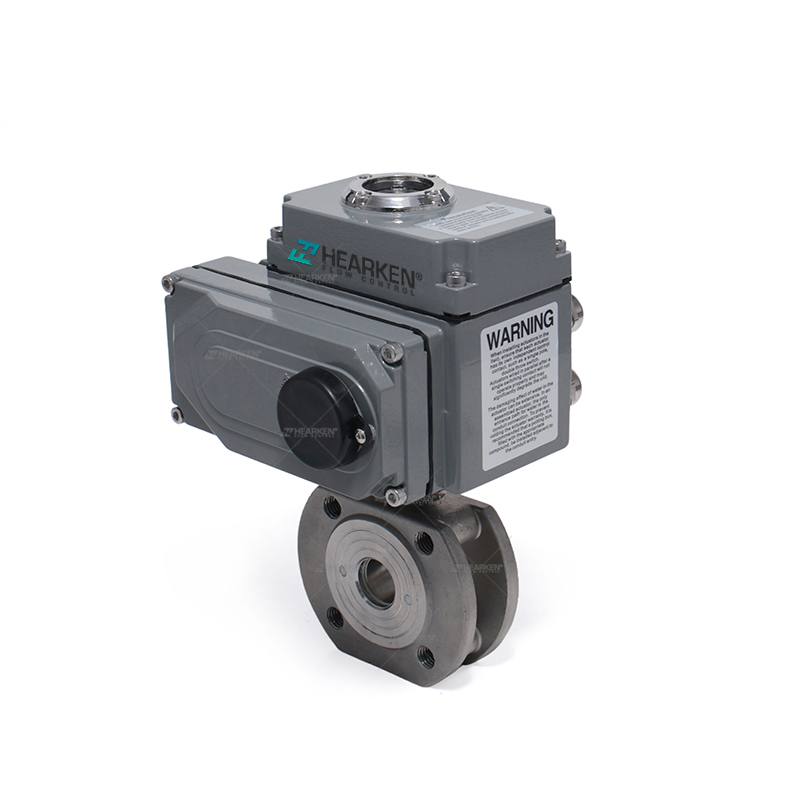Wafer Ball Valve
What is wafer ball valve?
The wafer ball valve features a slim profile, designed to fit snugly between two pipe flanges. This design minimizes the valve's footprint in the system, reducing the need for extensive piping support and saving space.
This type of valve is characterized by its compact and economical design, making it a preferred choice for a wide range of applications where space and cost are of concern.
What is the difference between a wafer and a lugged knife gate valve?
Mounting and Support: Wafer valves are mounted between flanges, while lugged valves are bolted directly to the flanges, providing greater support and isolation capabilities.
End-of-Line Service: Lugged knife gate valves are suitable for end-of-line service where the valve might need to hold back full line pressure. Wafer valves typically require support on both sides.
Maintenance Flexibility: Lugged designs offer greater flexibility for system maintenance, allowing one side of the system to be worked on without full valve removal.
Application Scope: While both types are versatile, the choice between wafer and lugged often hinges on the specific application requirements, including the need for end-of-line service, pressure considerations, and maintenance demands.
Wafer ball valve type
1. Full Port Wafer Ball Valve
Description: Features a ball with a bore diameter equal to the pipeline's inner diameter, minimizing flow resistance and pressure drop across the valve.
Application: Ideal for applications requiring minimal flow restriction, such as in process lines where preserving flow rate and pressure is critical.
2. Reduced Port Wafer Ball Valve
Description: The bore diameter of the ball is smaller than the pipeline's inner diameter, resulting in a slight restriction and higher pressure drop compared to full port valves.
Application: Suitable for applications where flow control and pressure drop are manageable and not critical to the system's performance.
3. Floating Ball Wafer Ball Valve
Description: The ball is held in place by the compression of two elastomeric seats against it. Under pressure, the ball floats slightly downstream to enhance the seal against the downstream seat.
Application: Commonly used in lower pressure and temperature applications where a tight seal is necessary.
4. Trunnion Mounted Wafer Ball Valve
Description: The ball is supported by upper and lower stems (trunnions), reducing the operational torque and wear on the seats. This design is beneficial for larger sizes and higher pressure applications.
Application: Preferred for high-pressure systems and large-diameter pipelines where the reduction of torque and wear extends valve life and reliability.
5. V-Port Wafer Ball Valve
Description: Features a V-shaped cutout on the ball, offering more precise flow control compared to conventional spherical balls. This design allows for better throttling capabilities.
Application: Ideal for applications requiring precise flow regulation, including modulation and throttling duties.
6. Soft Seated Wafer Ball Valve
Description: Utilizes soft seat materials such as PTFE or reinforced Teflon for the sealing interface, providing excellent leak-tight performance.
Application: Best suited for general-purpose applications with clean media and where tight shutoff is essential.
7. Metal Seated Wafer Ball Valve
Description: Features metal-to-metal seating for enhanced durability and resistance to high temperatures and abrasive media.
Application: Employed in applications involving high temperatures, abrasive materials, or where long-term durability is required.

